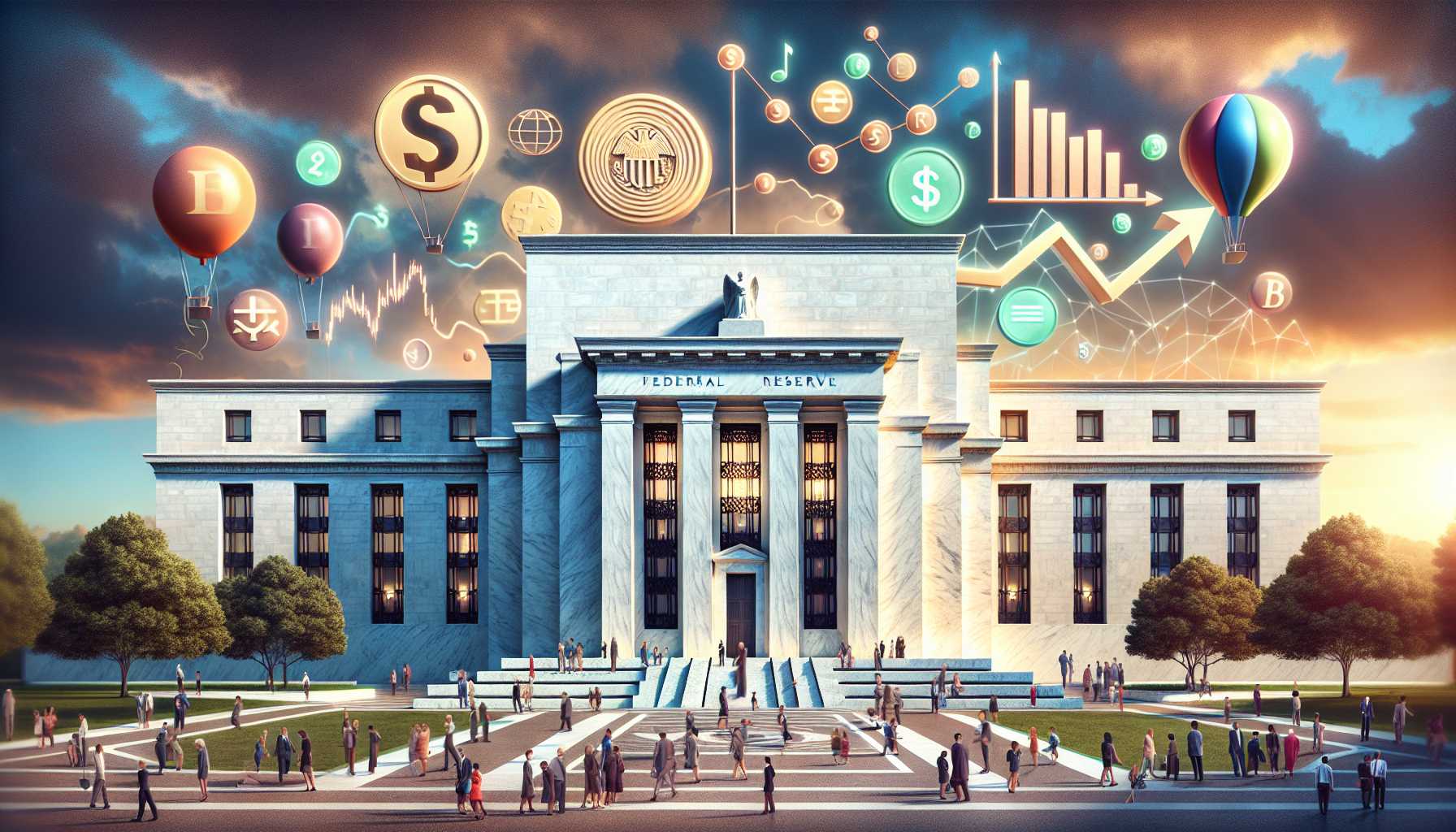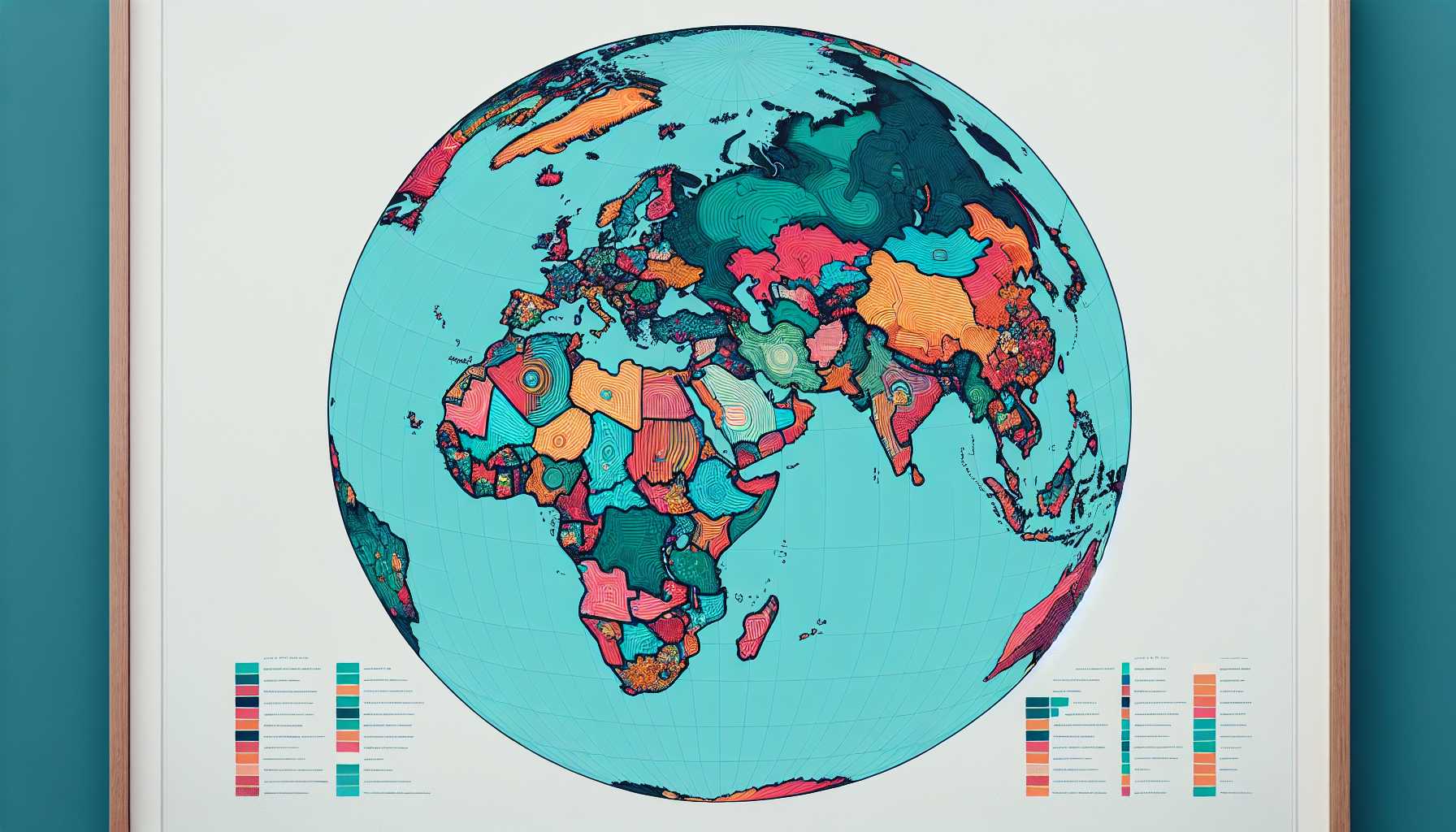Navigating the Capricious Tides of the Stock Market and the Future of Labor
Navigating the stock market’s unpredictable waters can be akin to a rollercoaster ride through a haunted house, with unexpected twists and turns lurking around every corner. But beyond the market’s usual ebb and flow lies a cryptic term that sends shivers down the spines of even seasoned Wall Street wolves: Triple Witching.
1. The Mystifying Havoc of Triple Witching
Triple Witching is a day of reckoning for options and futures investors, when stock options, index options, and futures contracts all expire simultaneously. This quarterly event triggers a whirlwind of activity, with approximately $5.3 trillion in contracts facing expiry, according to Asym 500’s calculations.
The repercussions of Triple Witching are far-reaching, as market indicators become distorted and investors struggle to predict upcoming trends. It’s a time when caution is advised, as the market’s skewed dynamics make it difficult to rely on traditional forecasting methods.
2. The Fed’s Tightrope Walk Amid Inflation Brushfires
Amidst the market chaos, the Federal Reserve walks a tightrope between cooling inflation and supporting economic growth. Economists predict interest rate cuts, but inflation remains stubbornly high.
The Fed’s balancing act is complicated by the unpredictable economic slowdown. Experts like Carol Schleif at BMO Family Office anticipate a bumpy road to the Fed’s 2% inflation target. The upcoming Fed meeting is being watched with bated breath, as it could provide clues about the future path of interest rates.
3. Tech Titans Take a Tumble as AI Stirs the Pot
The tech sector has been experiencing a downturn, with big tech stocks like Adobe and Nvidia facing challenges. However, artificial intelligence (AI) is emerging as a potential game-changer. Companies embracing AI are seeing their fortunes rise, while those lagging behind are facing headwinds.
The Silicon Valley crowd remains optimistic, hoping for a soft landing despite concerns about stagflation. The future of the tech industry hinges on the adoption and impact of AI.
4. Bernie’s Bold Vision for the Future of Labor
Beyond the market turmoil, Senator Bernie Sanders has introduced a bill that could transform the American work lifestyle: the Thirty-Two-Hour Workweek Act. Sanders argues that the benefits of AI and automation should be shared with the working class, not just tech tycoons.
The bill has sparked a polarized debate, with some business leaders opposing it as a potential disruption to the economy. However, other countries have successfully implemented shorter workweeks without negative consequences.
5. The Global Context and the Quest for Balance
Sanders’ proposal is part of a global trend towards shorter workweeks. Countries like Sweden and Iceland have already adopted reduced working hours, with positive results.
The contrast between the American work culture and the global scene raises questions about the value of time and the balance between work and personal life. As major labor unions back Sanders’ bill, the debate over the future of work is likely to continue.
Conclusion
The currents of economic policies and technological advancements are constantly reshaping our lives. The exhilaration of Triple Witching and the discourse around a new-age workweek underscore the potency of change. As we navigate these unfolding narratives, it is essential to remain vigilant and open, ready to embrace progress and shape the horizons of tomorrow.





